- Табернемонтана: особенности и уход в домашних условиях
- Как выбрать место и подготовить грунт для табернемонтаны?
- Выбор места
- Подготовка грунта
- Как правильно поливать и увлажнять табернемонтану?
- Освещение для табернемонтаны: чему уделять внимание?
- Виды освещения
- Длительность освещения
- Дополнительные источники света
- Учтите потребности растения
- Температурный режим: какой подходит для табернемонтаны?
- Как регулярно подкармливать табернемонтану?
- Трансплантация табернемонтаны: когда и как проводить?
- Размножение табернемонтаны: какие методы используются?
- Как бороться с вредителями и болезнями табернемонтаны?
- Вредители табернемонтаны:
- Болезни табернемонтаны:
- Как поддерживать декоративность табернемонтаны?
- Популярные виды табернемонтаны: краткое описание
- Табернемонтана бусинка
- Табернемонтана королевская
- Где можно приобрести табернемонтану?
- Вопрос-ответ:
- Как ухаживать за табернемонтаной в домашних условиях?
- Как правильно поливать табернемонтану?
- Какая температура воздуха требуется для табернемонтаны?
- Сколько раз и как обрезать табернемонтану?
- Какие виды табернемонтаны можно встретить?
Табернемонтана — это растение семейства молочайных. В дикой природе оно встречается в тропических регионах и имеет более 80 видов. Однако некоторые из них широко распространены в качестве комнатных растений. Эти растения отличаются своей красотой и привлекательностью, и многие садоводы предпочитают выращивать их в домашних условиях.
Для успешного выращивания табернемонтана в домашних условиях необходимо учесть несколько важных факторов. Во-первых, растение нуждается в достаточном освещении. Лучшим местом для размещения табернемонтана будет оконная подоконная доска, которая прямо или косвенно освещается солнечными лучами. Однако стоит помнить, что растение не переносит прямого солнечного света, поэтому нужно избегать полуденного зноя.
Важным условием для нормального развития табернемонтана является правильный полив. Растение нуждается в регулярном увлажнении, но излишнее залитие грунта может привести к гниению корней. Поэтому рекомендуется поливать растение после того, как верхний слой грунта высохнет до половины. Также можно определить необходимость полива по состоянию листьев — они должны быть сочными и блестящими.
Существует несколько видов табернемонтаны, которые пользуются большой популярностью у цветоводов. Одной из самых распространенных является Табернемонтана Миллениум, которая отличается своей компактностью и обильным цветением. Также популярными являются виды Табернемонтана Дива и Табернемонтана Церес. Все они имеют прекрасные цветы и необходимую долю яркого света для нормального роста.
Табернемонтана: особенности и уход в домашних условиях
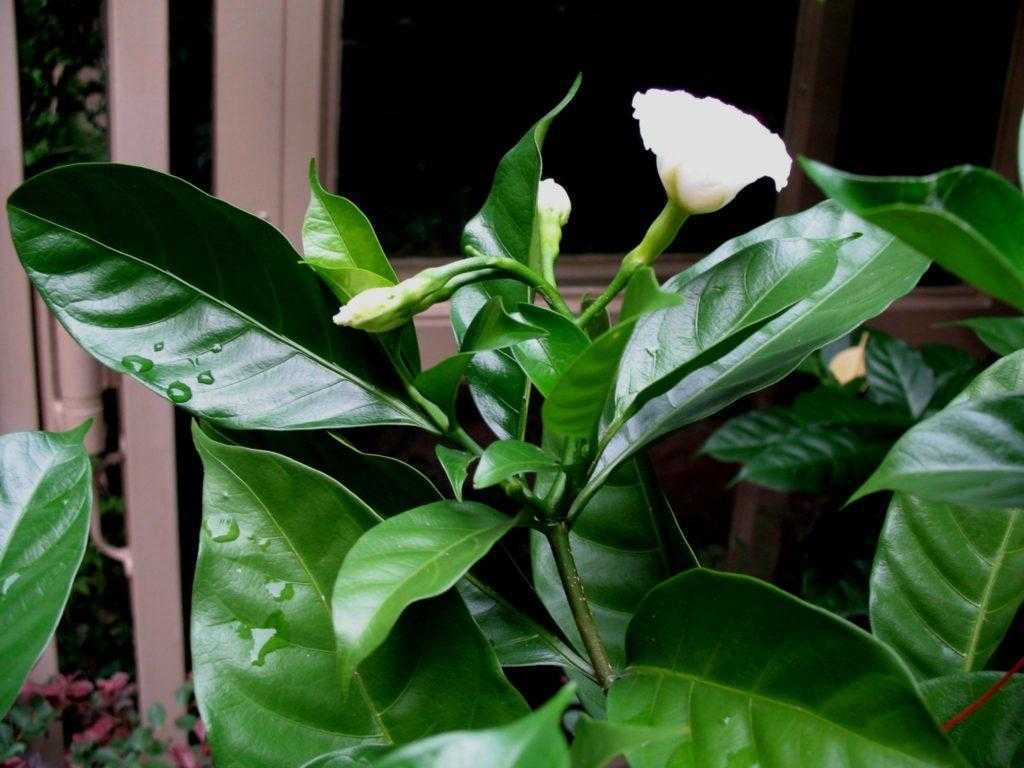
Табернемонтана — это красивое и впечатляющее растение, которое восхищает своей яркостью и изысканностью. Оно имеет прямые, гибкие стебли и большие, крупные листья, которые создают изысканный и выразительный вид. Особенностью табернемонтаны являются ее яркие цветы различных оттенков, которые выглядят просто изумительно.
Уход за табернемонтаной в домашних условиях несложен, но требует некоторых знаний и усилий. Важно обеспечить растению достаточное количество света, поэтому рекомендуется размещать его на светлом месте, но избегать прямых солнечных лучей, которые могут привести к ожогам листьев. Также необходимо регулярно поливать табернемонтану, поддерживая постоянную влажность почвы, но избегая излишнего застоя воды, чтобы избежать развития гнили. Важно также удобрять растение, используя специальные удобрения для комнатных растений с периодичностью раз в месяц.
- Табернемонтана нуждается в регулярном обрезании для поддержания его формы и компактности. Рекомендуется срезать основные ветви примерно на треть своей длины, чтобы стимулировать рост боковых побегов и создать более густую крону.
- Для обеспечения здоровья и долговечности табернемонтаны важно контролировать вредителей и болезни. Регулярный осмотр растения поможет выявить признаки наличия вредителей, таких как щитовки или тлей. Если обнаружены признаки поражения, необходимо принять меры по их удалению с использованием соответствующих инсектицидов или препаратов.
Табернемонтана — великолепное растение, которое может стать украшением любого дома или офиса. Следуя простым рекомендациям по уходу, вы сможете наслаждаться его красотой и насыщенными цветами на протяжении долгого времени.
Как выбрать место и подготовить грунт для табернемонтаны?
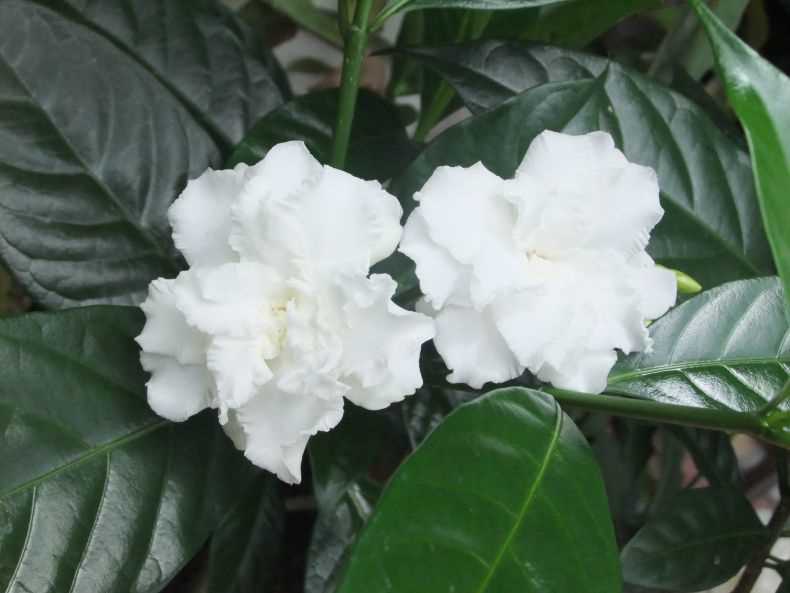
Подбор правильного места и подготовка подходящего грунта являются важными шагами при выращивании табернемонтаны в домашних условиях. Эти факторы влияют на ее рост, развитие и общее благополучие растения.
Выбор места
Табернемонтана предпочитает яркое, но разбросанное солнечное освещение. Поэтому лучше всего разместить ее в помещении на южной или восточной стороне. Избегайте прямых лучей солнца, особенно в летние месяцы, чтобы предотвратить ожоги листьев. Убедитесь, что окно или место для растения не сквозное или близкое к кондиционеру или обогревателю, чтобы избежать внезапных изменений температуры.
Подготовка грунта
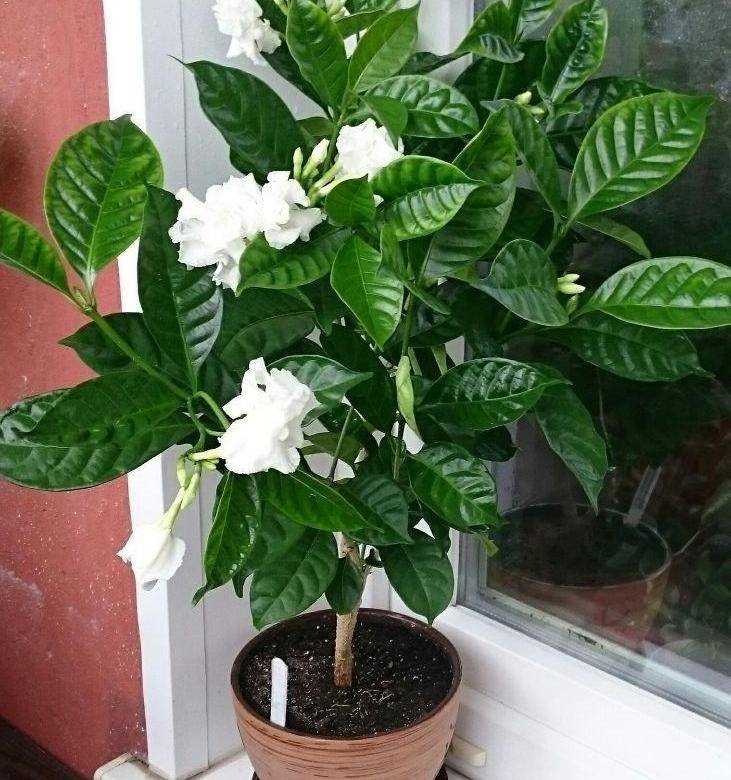
Для табернемонтаны подходит легкий, рыхлый и хорошо дренируемый грунт. Можно использовать готовый субстрат для комнатных растений или приготовить смесь самостоятельно из находящихся под рукой компонентов. Например, можно смешать равные части песка, перлита и торфа. Добавление небольшого количества перлита или вермикулита поможет улучшить дренаж и предотвратить переувлажнение корней. Также, добавление небольшого количества органического удобрения или компоста обеспечит растению необходимые питательные вещества.
При посадке табернемонтаны в горшок убедитесь, что его дно оснащено дренажными отверстиями, чтобы избежать застойного воды и гниения корней. Растение нуждается вероятности быстро осушаться после полива.
В целом, для выбора места и подготовки грунта для табернемонтаны необходимо учесть ее потребности в освещении и дренаже. Предоставление растению комфортных условий поможет ей развиваться и процветать.
Как правильно поливать и увлажнять табернемонтану?
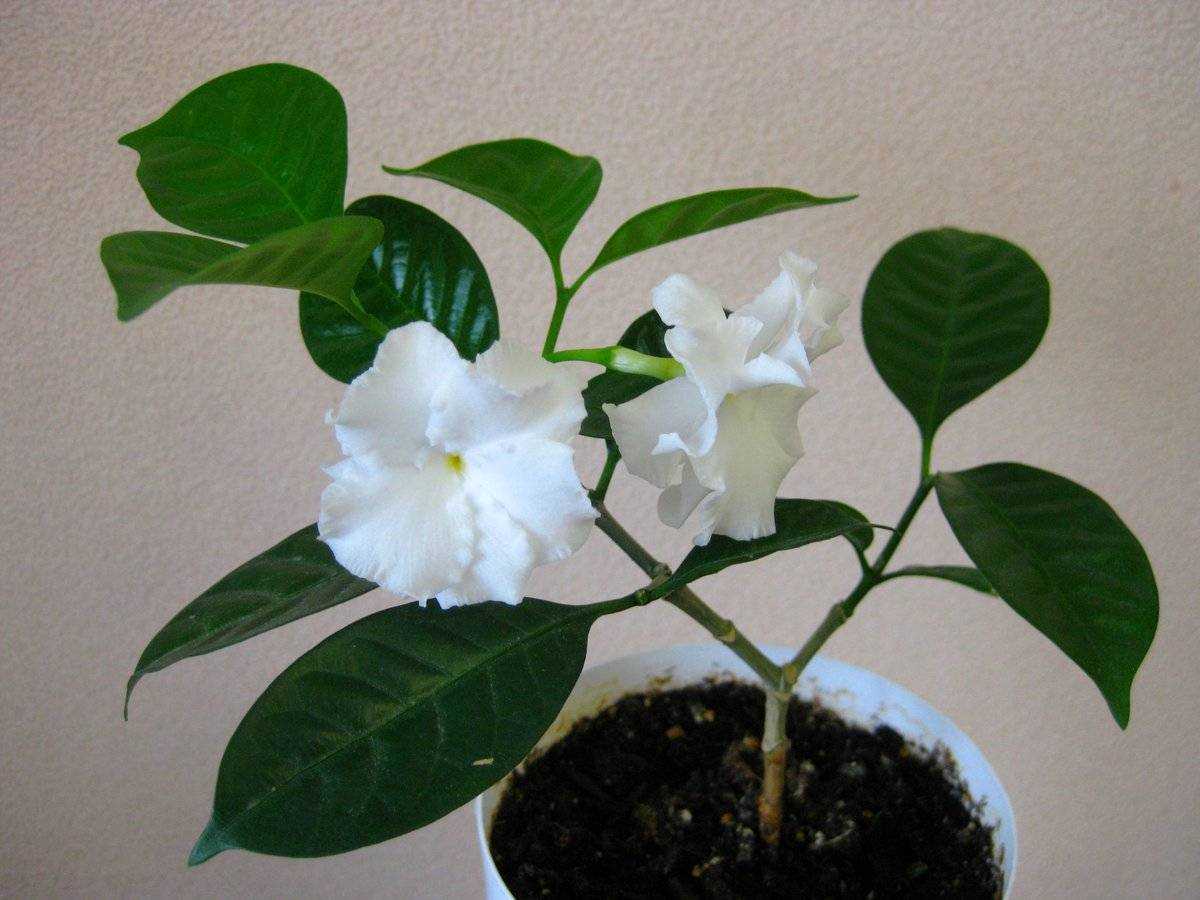
Правильный полив является одним из ключевых аспектов ухода за табернемонтаной. Это растение предпочитает умеренное поливание, поэтому важно не переувлажнять его почву. Проветриваемость грунта также играет роль, поэтому рекомендуется использовать грунт, который обеспечивает хорошую дренажную способность.
Частота полива табернемонтаны зависит от времени года и условий содержания. В период активного роста, весной и летом, поливают ее 2-3 раза в неделю, следя за тем, чтобы грунт оставался влажным без застоя влаги. Зимой, когда растение находится в состоянии покоя, поливают реже — 1 раз в 1-2 недели. Более точный график полива лучше определить, исходя из индивидуальных потребностей конкретного растения.
Помимо полива, важно обеспечить табернемонтане достаточную влажность воздуха. Для этого можно использовать различные методы. Один из них — распыление воды на листья растения с помощью распылителя. Другой способ — разместить горшок рядом с емкостью с водой и мокрыми камнями или гравием. Вода будет испаряться, увеличивая влажность воздуха вблизи табернемонтаны.
Не рекомендуется использовать горячую воду для полива или увлажнения табернемонтаны, так как она может повредить корни и вызвать их загнивание. Также не стоит оставлять лишнюю воду в поддоне или поддоне для горшка, чтобы избежать стоячей воды, которая может привести к гниению корней и развитию грибковых инфекций.
Освещение для табернемонтаны: чему уделять внимание?
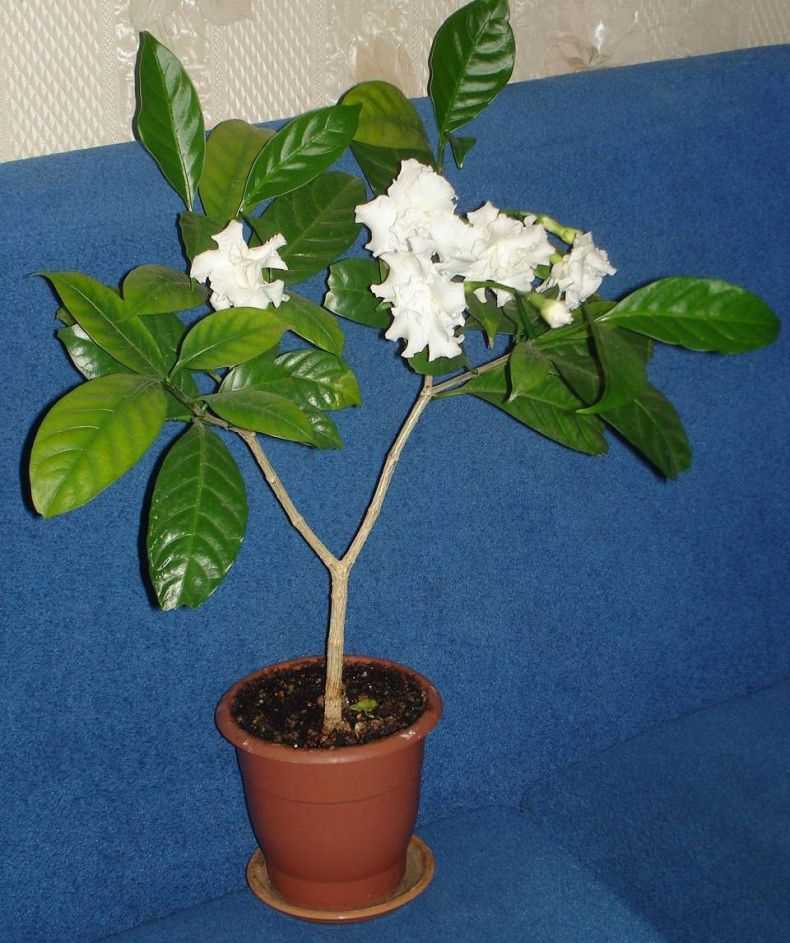
Освещение играет важную роль в жизни табернемонтаны, поэтому необходимо уделять особое внимание правильному освещению растения.
Виды освещения
Для табернемонтаны подойдут как естественное, так и искусственное освещение. Растение хорошо растет при ярком, но рассеянном свете, поэтому располагайте его в зоне доступа солнечных лучей.
Длительность освещения
Табернемонтана нуждается в длительном световом дне, чтобы активно расти и развиваться. Оптимальное время освещения для этого растения составляет 12-14 часов в день.
Дополнительные источники света
В случае, если естественного света недостаточно, можно использовать искусственное освещение. Для этого подойдут специальные светильники, оснащенные лампами с регулируемой яркостью и спектром света, максимально приближенным к солнечному.
Важно помнить, что при использовании искусственного освещения необходимо обеспечить периодичность включения и выключения света, чтобы растение имело время для отдыха.
Учтите потребности растения
Каждый вид табернемонтаны имеет свои индивидуальные потребности в освещении. При выборе места для размещения растения учитывайте его сортовые особенности и рекомендации по освещению, представленные на этикетке или в справочных материалах.
Правильное освещение табернемонтаны поможет обеспечить ей благоприятные условия для роста и развития, а также поддерживать декоративность растения.
Температурный режим: какой подходит для табернемонтаны?
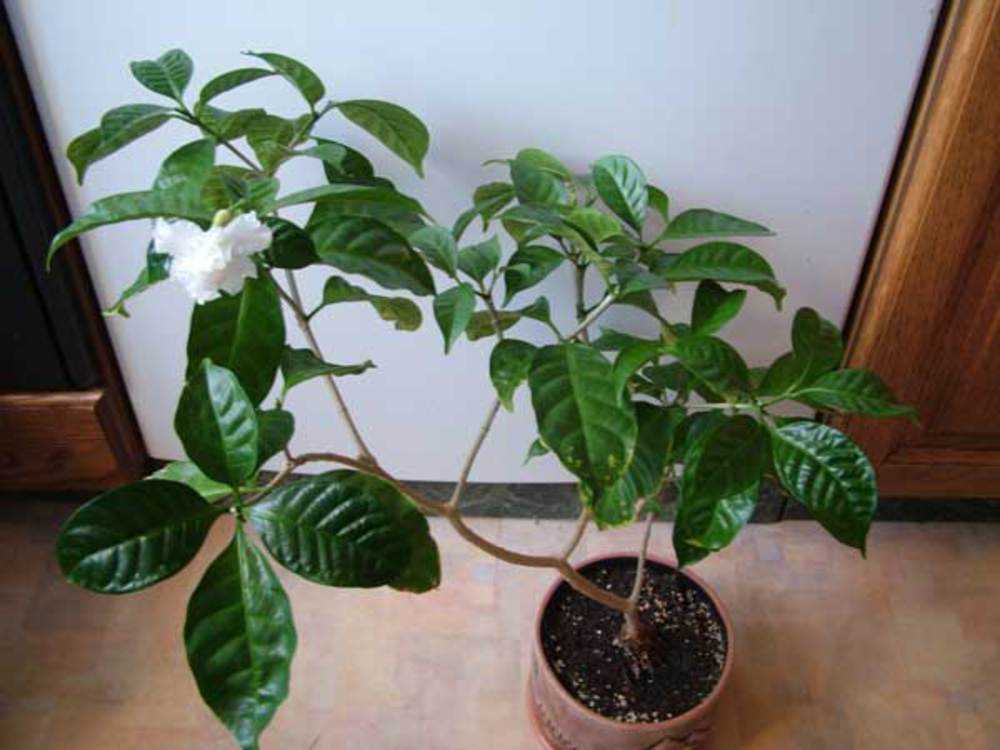
Табернемонтана — тропическое растение, которое предпочитает теплый климат. Оптимальная температура для его развития составляет 20-25 градусов Цельсия. Важно помнить, что табернемонтана не переносит резких перепадов температуры и может страдать при низких значениях.
Летом табернемонтане необходимо обеспечить теплый режим и избегать сквозняков. Оптимальное значение температуры воздуха в это время года составляет 25 градусов. При этом важно исключить прямое солнечное освещение, чтобы не вызвать ожоги на листьях растения.
Зимой табернемонтана переходит в состояние покоя и нуждается в охлаждении. Оптимальная температура для зимнего содержания составляет 15-17 градусов Цельсия. При этой температуре растение может полноценно отдохнуть и подготовиться к новому сезону роста.
Если температура опустится ниже 10 градусов, табернемонтана может потерять листву и не суметь восстановиться. При этом важно предоставить растению последующую теплую температуру и правильный уход, чтобы оно смогло восстановиться.
Как регулярно подкармливать табернемонтану?
Табернемонтана – это растение, которое требует достаточного количества питательных веществ для своего здорового роста и развития. Регулярное подкармливание поможет обеспечить растению все необходимые питательные вещества.
Одним из способов подкармливания табернемонтаны является использование специальных удобрений для комнатных растений. Перед использованием удобрения следует ознакомиться с инструкцией производителя и следовать рекомендациям по дозировке. Удобрение можно разводить в воде для полива или наносить непосредственно на почву вокруг растения.
Рекомендуется подкармливать табернемонтану в период активного роста, который обычно приходится на весну и лето. Частота подкармливания может быть разной в зависимости от типа удобрения и условий содержания растения. Обычно растение подкармливают раз в две-три недели.
Так стоп!!! Вы всё ещё не подписаны на наши каналы в Телеграмм и Дзен? Посмотрите: ТГ - (@historyfantasydetectivechat) и Дзен (https://dzen.ru/myshortsstorys)
Не рекомендуется перебарщивать с подкармливанием, так как это может привести к переизбытку питательных веществ и повредить растение. Если табернемонтана выглядит здоровой и хорошо развивается, вероятно, ее достаточно подкармливать в соответствии с рекомендациями по уходу.
